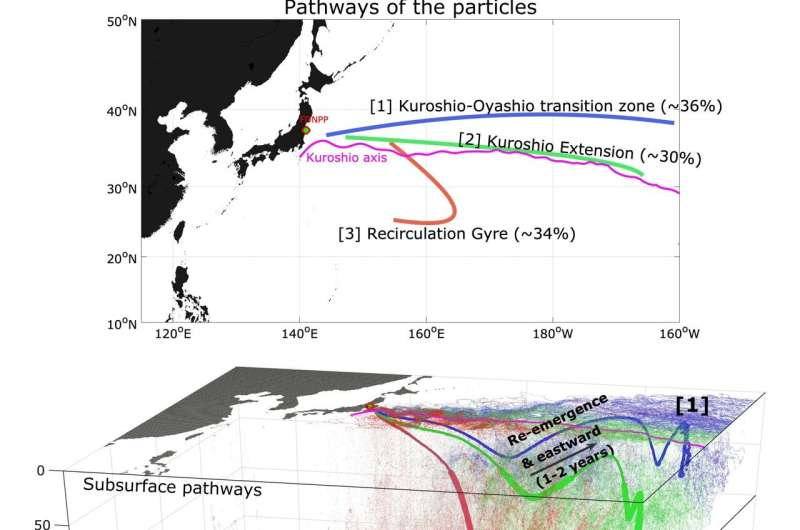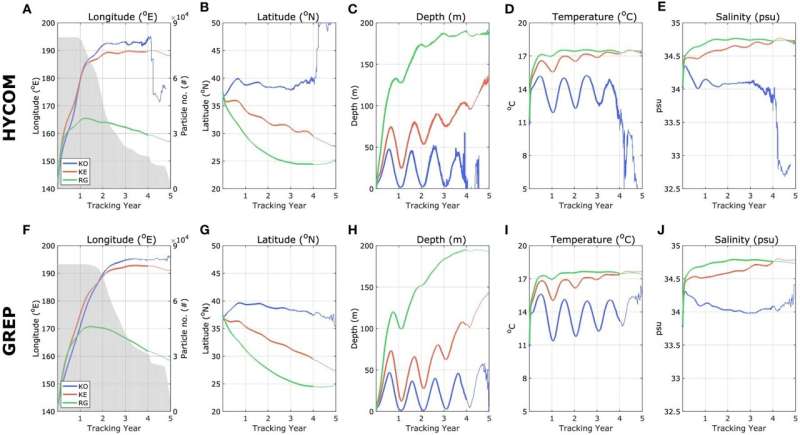
Fukushima is now notorious for the nuclear disaster that took place in March 2011, the second worst of its kind after the Chernobyl catastrophe of 1986. An earthquake-triggered tsunami off the Japanese coast damaged backup generators at the Fukushima nuclear plant, leading to failure of the reactors’ cooling systems. The residual heat partially melted a number of the fuel rods in three reactors, causing the release of nuclear radiation. A series of explosions further damaged containment buildings and released additional radiation to the surrounding area, leading to a 30 km radius of evacuation.
While efforts to cool the reactors and prevent further explosions were met with some success by delivering water from helicopters and using truck-mounted cannons, radiation was subsequently found to have entered the oceans (~3.5 petabecquerels of contaminated water), as well as local food and water supplies. It took until December 2011 for the nuclear plant to finally be deemed stable, but a further six years before all evacuation orders were lifted.
The long-lasting impacts of the event are the source of continued investigation, with new research, published in Frontiers in Marine Science, exploring the movement and residency of Fukushima-derived tracers in the North Pacific.
Sang-Yeob Kim, senior researcher at Korea’s Institute of Ocean Science and Technology, and colleagues modeled the subsurface pathways and interannual variability of the tracers over a 22-year ocean reanalysis period (beginning prior to the nuclear event for comparison) as they subduct with the North Atlantic subtropical mode water during cooler seasons.
This ~250 m thick water mass has a higher density of ~26.9 kg/m3 and average temperature of 18 °C. It is an important store of Earth’s carbon, oxygen, nutrients and heat, being vertically homogenous to transport these variables from the surface to subsurface ocean.
In the year after the event, observation measurements of radioactive cesium isotopes recorded 6 petabecquerels of 134Cs in the North Atlantic subtropical mode water at a depth of 300 m.

The research team used Lagrangian particle tracking simulations of 100 released points of 134Cs from atmospheric deposition every three days between January 1, 1994 to December 28, 2011 to investigate computational fluid dynamics of the subtropical gyre. In doing so, they identified the path of particles along the Kuroshio Extension flowing eastward off the Japanese coast into the North Pacific, especially concentrated in the north of the region.
From here, it took four to five years for the nuclear tracers to expand across the entire subtropical region of the basin to reach the east coast of Taiwan, the Philippine islands and Japan Sea.
While 30% of modeled particles moved along the Kuroshio Extension and a further 36% flowed eastward towards the Kuroshio-Oyashio current transition zone, the remaining 34% was subducted in the recirculation gyre of the North Atlantic subtropical mode water from the upper mixed layer to lower thermocline.
Tracking oceanographic changes over this five-year spreading period, the depth and temperature of the Kuroshio-Oyashio current transition zone exhibited strong seasonal variation, with particles subducted 50 m during warmer months (April–November) and being returned to the surface during cooler months (December–March). Comparatively, the Kuroshio Extension pattern had weak seasonal correlation.
This research is significant as it highlights the length of time over which the tracers expand across a single basin, and therefore their longevity in the environment as they continue to expand across adjoining ocean basins in the years (and decades) to come.
More information:
Sang-Yeob Kim et al, A study on the pathways and their interannual variability of the Fukushima-derived tracers in the northwestern Pacific, Frontiers in Marine Science (2024). DOI: 10.3389/fmars.2024.1358032
© 2024 Science X Network
Citation:
Fukushima fallout transport longevity revealed by North Pacific ocean circulation patterns (2024, March 28)
retrieved 28 March 2024
from https://phys.org/news/2024-03-fukushima-fallout-longevity-revealed-north.html
This document is subject to copyright. Apart from any fair dealing for the purpose of private study or research, no
part may be reproduced without the written permission. The content is provided for information purposes only.







